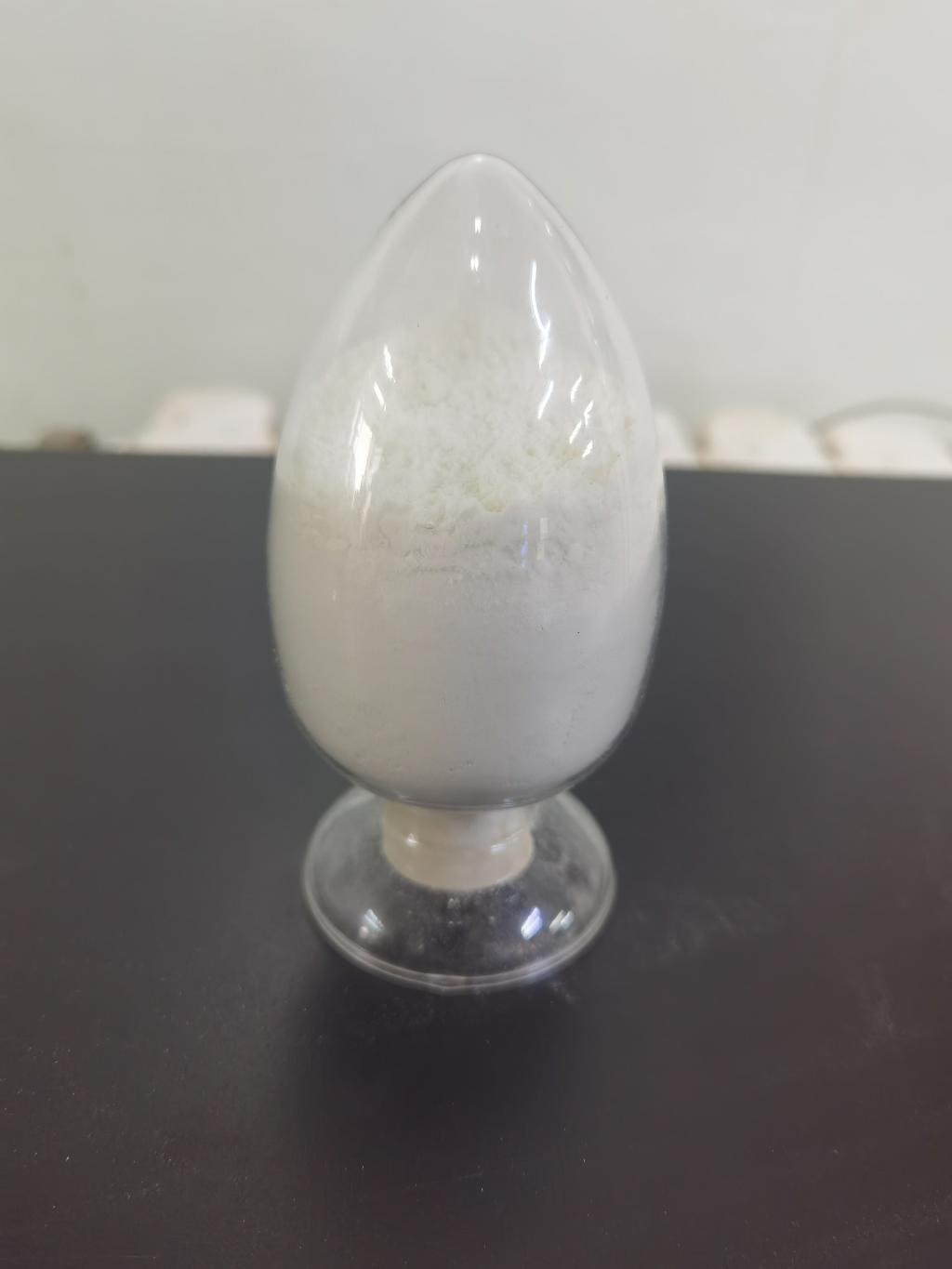Tel:0086 18231198596

News
Current Position:
Home >
News
>Harnessing ε-Polylysine Hydrochloride for Water Purification in Remote Areas
Harnessing ε-Polylysine Hydrochloride for Water Purification in Remote Areas
TIME:2024-02-26
Introduction:
Access to clean and safe drinking water is essential for human health and well-being. However, in remote and underserved areas, ensuring water quality remains a significant challenge. Contamination of water sources with bacteria, viruses, and other pathogens poses a threat to the health of communities with limited access to conventional water treatment facilities. This article explores the potential of ε-Polylysine Hydrochloride in addressing water purification challenges in remote areas, offering a sustainable and effective solution for providing safe drinking water.
Water Quality Challenges in Remote Areas:
a. Limited Access to Treatment Facilities:
Remote areas often lack access to centralized water treatment facilities, making it difficult to implement conventional water purification methods. This leaves communities vulnerable to waterborne diseases and contamination.
b. Contaminated Water Sources:
Water sources in remote areas are susceptible to contamination from various sources, including human and animal waste, agricultural runoff, and inadequate sanitation infrastructure. The lack of proper treatment exacerbates the risks associated with waterborne pathogens.
c. Health Impacts:
Contaminated water can lead to the spread of waterborne diseases, contributing to the burden of illnesses in remote communities. The impact is particularly severe on vulnerable populations, including children and the elderly.
Overview of ε-Polylysine Hydrochloride:
a. Source and Production:
ε-Polylysine Hydrochloride is a cationic homopolymer of lysine derived from microbial fermentation. It is water-soluble and has been recognized as a safe food additive. Its antimicrobial properties make it suitable for various applications, including water purification.
b. Antimicrobial Properties:
One of the key characteristics of ε-Polylysine Hydrochloride is its broad-spectrum antimicrobial activity against bacteria and fungi. Its mode of action involves disrupting microbial cell membranes, making it effective in controlling waterborne pathogens.
Applications of ε-Polylysine Hydrochloride in Water Purification:
a. Point-of-Use Water Treatment:
ε-Polylysine Hydrochloride can be incorporated into point-of-use water treatment systems designed for individual households or small communities in remote areas. These systems can effectively remove or neutralize waterborne pathogens, ensuring safe drinking water at the source.
b. Biofilm Control in Water Infrastructure:
In remote areas where water infrastructure may be rudimentary, the formation of biofilms on pipes and storage containers can contribute to water contamination. ε-Polylysine Hydrochloride's antimicrobial properties can help control biofilm formation, maintaining water quality during storage and distribution.
c. Emergency Response and Disaster Relief:
During emergencies or natural disasters, access to clean water becomes critical. ε-Polylysine Hydrochloride can be employed as a rapid and effective solution for emergency water treatment, providing safe drinking water to affected populations in remote areas.
Biodegradability and Environmental Impact:
a. Eco-Friendly Characteristics:
ε-Polylysine Hydrochloride's natural origin and biodegradability contribute to its eco-friendly characteristics. Unlike some traditional water treatment chemicals, ε-Polylysine Hydrochloride is less likely to leave harmful residues or negatively impact the environment.
b. Minimal Energy Requirements:
Point-of-use water treatment systems utilizing ε-Polylysine Hydrochloride may require minimal energy compared to centralized treatment facilities. This can be advantageous in remote areas where access to energy resources may be limited.
Challenges and Considerations:
a. Cost Considerations:
The cost of implementing ε-Polylysine Hydrochloride-based water purification systems should be carefully evaluated. While the antimicrobial agent itself is derived from natural sources, considerations should be made for the affordability and sustainability of the overall water treatment solution.
b. Community Engagement:
Successful implementation of water purification solutions in remote areas requires community engagement and education. The acceptance and understanding of the technology by local communities are crucial for long-term success.
Future Perspectives:
The potential of ε-Polylysine Hydrochloride in water purification for remote areas opens avenues for further research and innovation. Future studies should focus on optimizing formulations, assessing long-term effects on water quality, and exploring synergies with other water treatment technologies to enhance overall effectiveness.
Conclusion:
Access to clean and safe drinking water is a fundamental human right, and the challenges faced by remote areas in ensuring water quality are significant. ε-Polylysine Hydrochloride emerges as a promising solution for water purification in these underserved communities, offering a sustainable, effective, and eco-friendly approach. As research and development in this field progress, collaborative efforts among scientists, policymakers, and local communities are essential to unlock the full potential of ε-Polylysine Hydrochloride in addressing water quality challenges and improving the health and well-being of populations in remote areas.

 CONTACT
CONTACT




